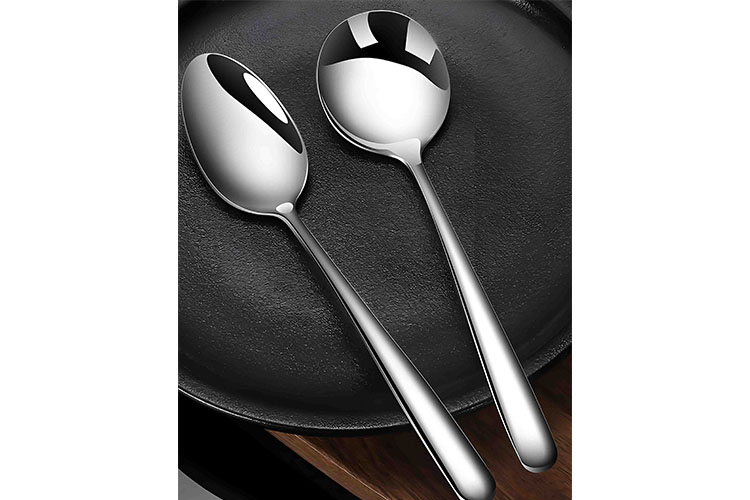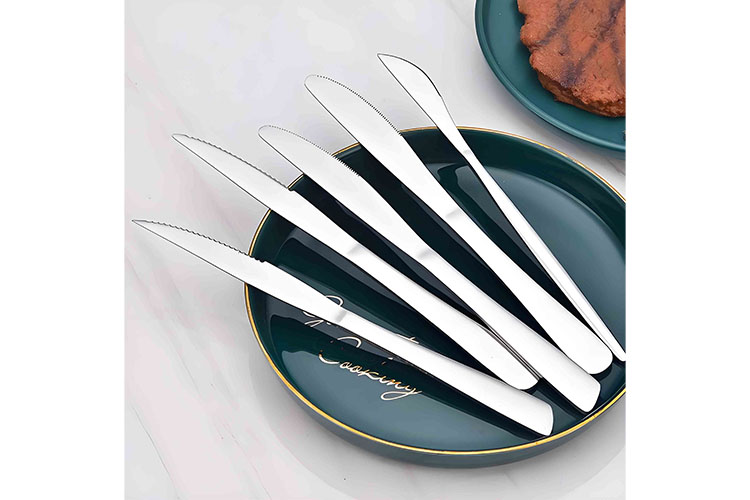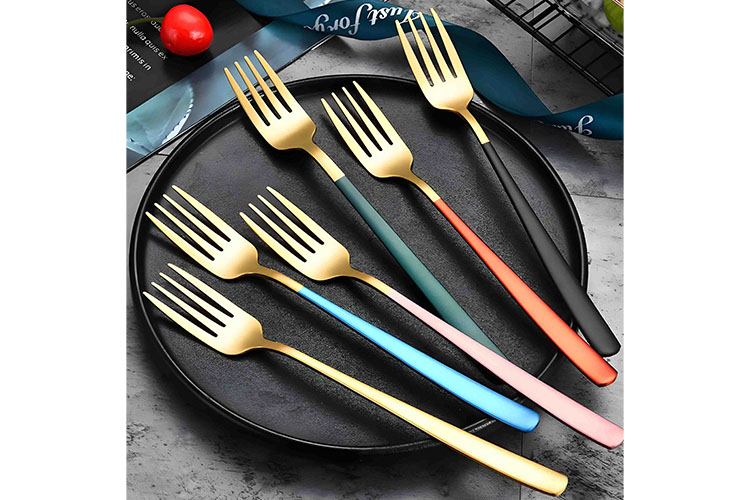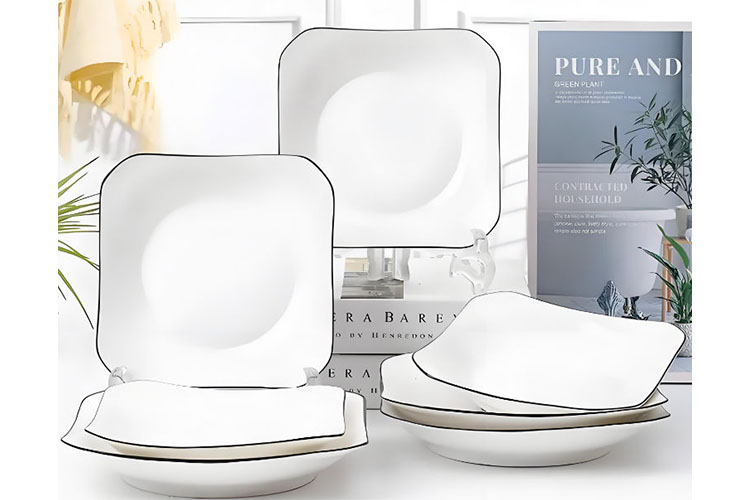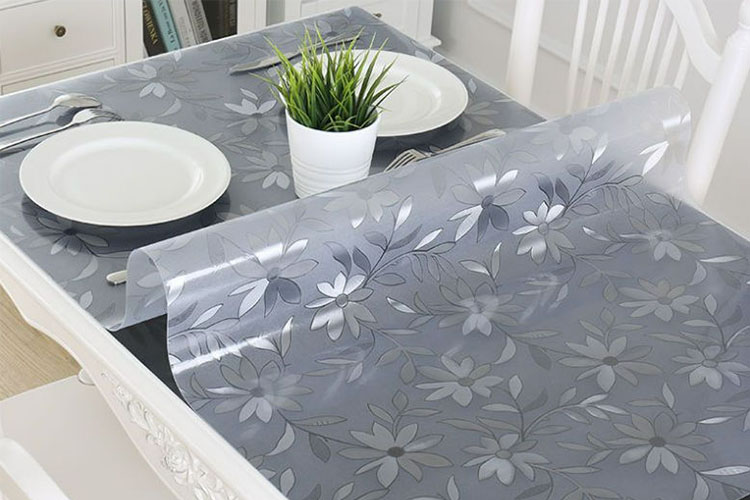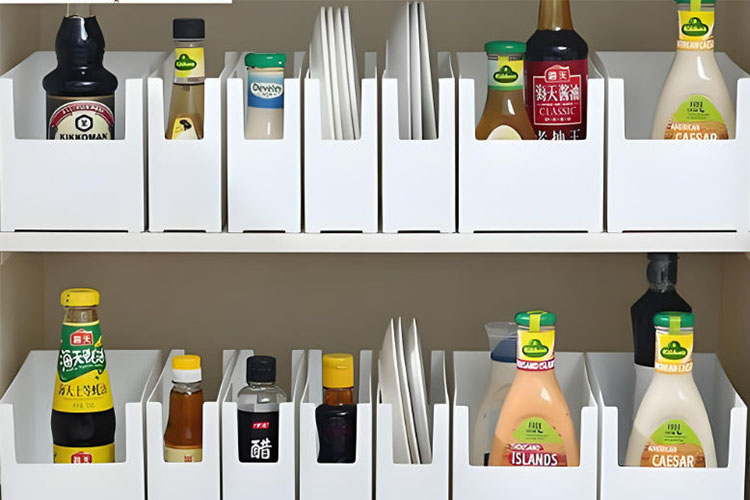As the saying goes, water is the source of life
But the cup that holds water is also crucial
Today, lets popularize some common knowledge about cups
Unsafe cups
1 disposable paper cup
Many disposable paper cups have added fluorescent powder, and the ink on them is usually unhealthy and has a risk of cancer. If it is necessary to use it, first blanch it with boiling water for a few minutes, then pour it out to allow the harmful substances in the paper cup to fully evaporate.
2 plastic cups
Most plastic cups are not resistant to high temperatures. For example, plastic cups made of materials such as polystyrene and polyethylene terephthalate can produce harmful substances such as styrene monomers when used to hold hot drinks.
3 colorful ceramic cups
The colorful and beautiful patterns on the inner wall of a ceramic cup are actually a type of pigment. When pouring hot water or beverages with high acidity or alkalinity, the toxic heavy metals in the pigments are easily dissolved, which is harmful to the body when consumed.
Safe cup
1 glass cup
The glass cup is the "king of health" among all cups. The glass cup does not contain organic chemicals, and the cup body is smooth and not easy to breed bacteria.
2 internal colorless ceramic cups
A colorless ceramic cup with an inner wall is the first choice for drinking water. It is not only made of safe material and resistant to high temperatures, but also has a certain insulation effect.
3 enamel cups
Enamel cups are made from raw materials such as kaolin and clay, which have been shaped and melted at high temperatures of thousands of degrees Celsius. They do not contain harmful substances such as lead and can be used with confidence.
How to choose cups
1 glass cup
According to different processes, glass cups can be divided into ordinary glass cups, tempered glass cups, and high borosilicate heat-resistant glass cups.
Impact resistance: High borosilicate heat-resistant glass cups are equivalent to ordinary glass, while tempered glass cups are 3-5 times more than ordinary glass cups.
High temperature resistance: When subjected to local thermal expansion, the expansion difference caused by the high borosilicate heat-resistant glass cup is very small and not easily damaged, while the tempered glass cup has pre-stressed resistance to the expansion difference and is not damaged.
High borosilicate heat-resistant glass has a high working temperature of up to 450 ℃, while tempered glass generally has a maximum temperature of no more than 300 ℃. However, when it comes to drinking hot water, using the above two types of glass cups will basically not explode.
2 enamel cups
When choosing, be careful not to have porcelain, rust, or damage to the cup.
3 plastic cups
The bottom of a plastic cup usually has a triangular symbol, and the numbers inside represent different materials.
Representatives marked with the pet symbol can withstand temperatures up to 65 degrees Celsius and cold temperatures up to -20 degrees Celsius;
The microwave oven marked with the PP logo can be used as a fresh-keeping box;
Marked with the other symbol can be used for drinking water bottles, baby bottles, etc.
It is recommended to purchase a No. 5 PP plastic water cup or a No. 7 other Tritan water cup, which is not only heat-resistant and healthy, but also resistant to falls.
4 ceramic cups
Choose a colorless ceramic cup with an inner wall. Additionally, when purchasing a ceramic cup, you can lightly tap it with your fingers. If the sound is clear and pleasant, it indicates that the ceramic body is fine and dense; If the voice is hoarse, it is inferior porcelain. If the ceramic cup is equipped with a lid, try to see if the lid can be tightly closed.
5 paper cups
Paper cups are usually coated with wax or plastic to prevent liquid from seeping out.
Multi coated paper cups are commonly used to refer to paper cups coated with polyethylene (PE/04) material. Compared to non coated materials, multi coated materials are more stable, smooth, and waterproof.


